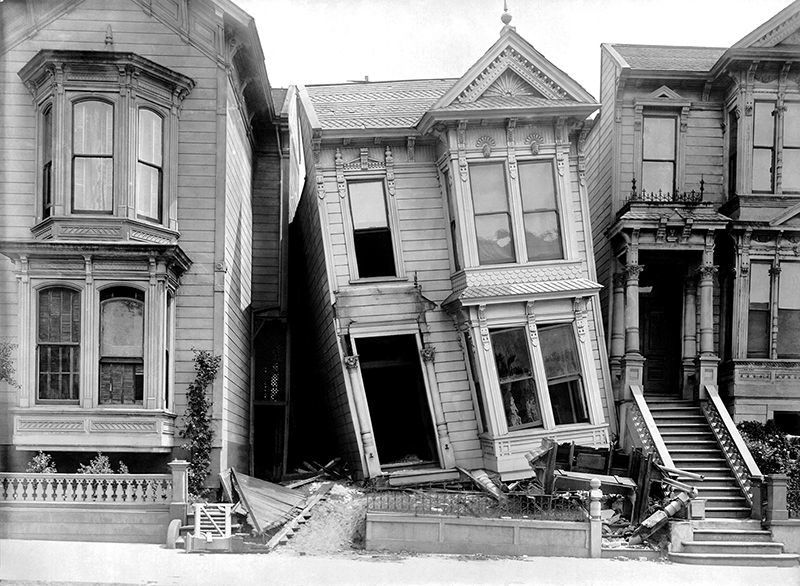
The study suggests that Cascadia, which scientists think is capable of unleashing a magnitude-9 earthquake at any time, could set off quakes on the northern San Andreas, which runs under the San Francisco Bay Area.
Several earthquake scientists told Nature that more work is needed to confirm the provocative idea. Researchers have long considered the two faults seismically separate.
Chris Goldfinger, a geologist and palaeoseismologist at Oregon State University in Corvallis, will present the findings on 13 December at a meeting of the American Geophysical Union in San Francisco. "This is mostly a circumstantial case," he says. "I don't have a smoking gun."
Tantalizing clues
Goldfinger and his colleagues first suggested in 2008 that earthquakes in the southern part of Cascadia could trigger quakes on the northern San Andreas1. The scientists reported finding layers of churned-up, sandy sediment in sea-floor cores drilled offshore. These layers, called turbidites, usually form when earthquakes shake the sea floor, causing underwater landslides. The researchers reported finding turbidites in Cascadia that seemed to form just before similar turbidites near the San Andreas — perhaps as a Cascadia quake triggered a San Andreas one.
But it was hard to pinpoint exactly when the turbidites had formed, and Goldfinger knew he needed more evidence. "So that's what we did," he says. "We went out and got more cores."
Now he has data from seven cores drilled offshore in southern Cascadia and seven cores drilled near the northern San Andreas. The two sites are around 100 kilometres apart — close enough to feel shaking from both faults.
At eight places in both sets of cores, Goldfinger spotted unusual, two-layered turbidites and realized that they were telling him something new. "Finally the lights went on for me," he says. The two-layered turbidite "has to be two quakes recorded together".
Doubts remain
As Goldfinger sees it, a Cascadia quake shook the coastline first, causing landslides that show up in both sets of cores as the first layer of turbidites. Then, at some later point, the northern San Andreas also shook, causing the second turbidite layer to form.
"This story is pretty convincing," says Jason Patton, an engineering geologist with the California Geological Survey in Sacramento who was a co-author on the 2008 paper. "Cascadia turbidites are covered by San Andreas turbidites, so the Cascadia turbidites were deposited first."
Others are reserving judgement. Turbidites show that the ground shook at some point in the past, but it's difficult to tell exactly when or where those quakes happened, says Joan Gomberg, a seismologist at the US Geological Survey in Seattle, Washington. "All this uncertainty leaves multiple, equally plausible interpretations on the table — most of which are not sensational," she says. For instance, the turbidites could have been formed by unrelated quakes happening anywhere across the seismically active Pacific Northwest.
Ross Stein, a seismologist with the earthquake-preparedness firm Temblor in Redwood City, California, wants to see detailed modelling of how stress from the Cascadia fault might be transferred to the northern San Andreas. Researchers generally agree that a large earthquake can sometimes trigger another on a nearby fault, by transferring stress and bringing the second fault closer to failure. But it's not clear whether that might happen between southern Cascadia and the northern San Andreas, Stein says.
Next week at the conference, Goldfinger says, "I'm just going to lay out the case."
doi: 10.1038/d41586-019-03769-w References
1.Goldfinger, C. et al. Bull. Seismol. Soc. Am. 98, 861-889 (2008).



Comment: See also: